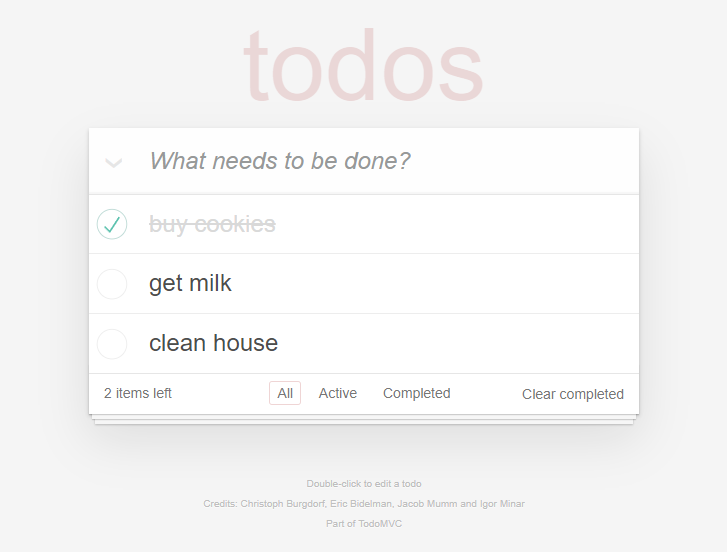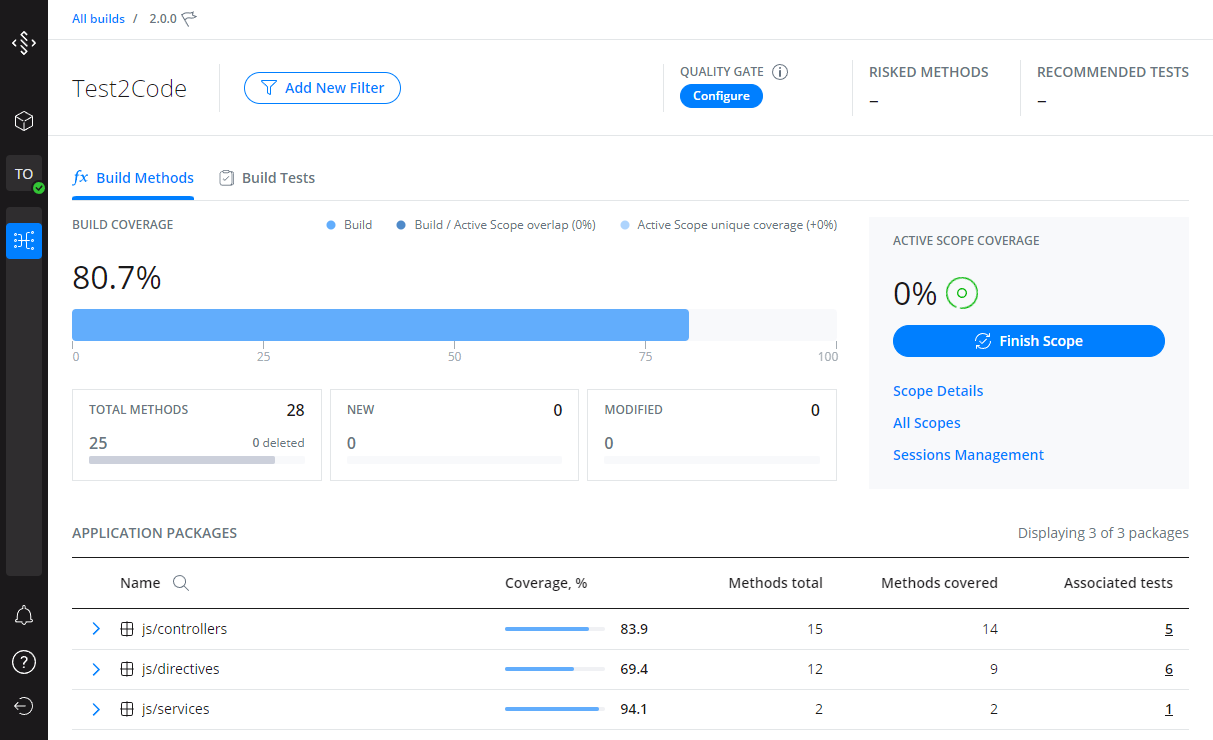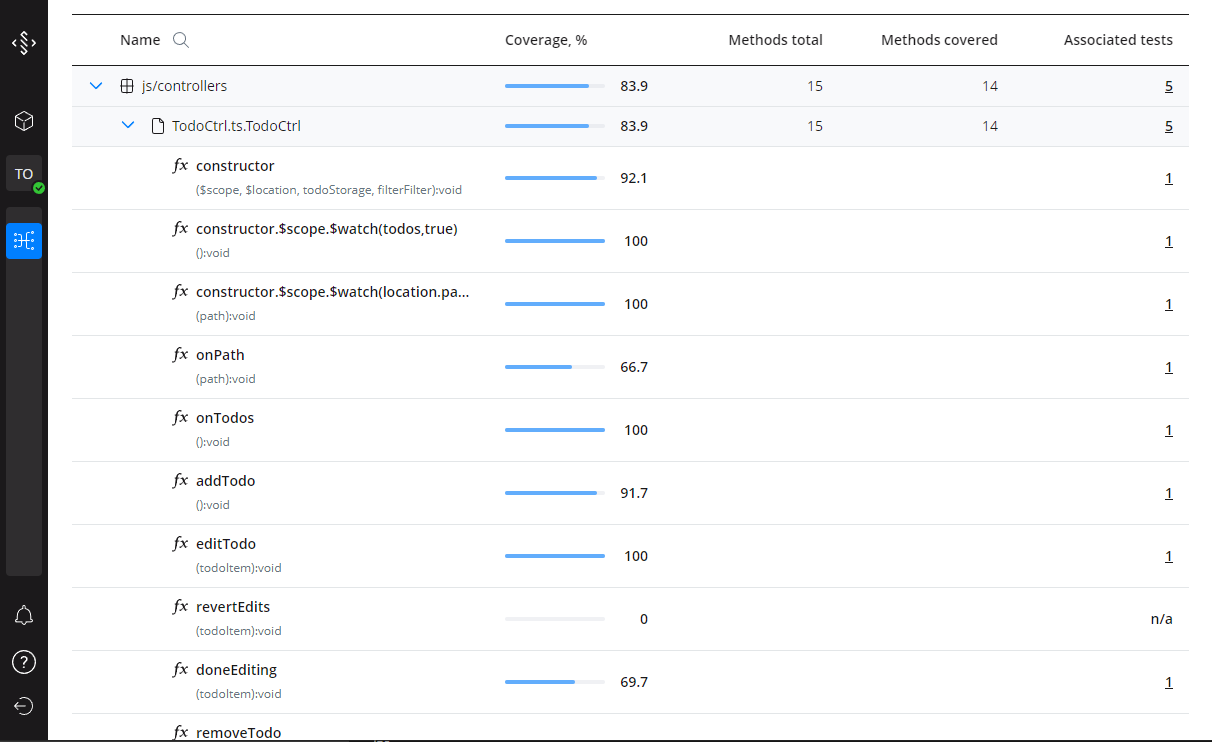Motivation
This section describes motivation behind Drill4J implementation.
The problem statement#
Imagine a system under test, a black box. We perform a set of actions on application and assert the outcome. It does not matter right now if these actions are automated or performed by human.

A diagram with two entities: the first is labeled 'System Under Test', the second is labeled 'Test performer'. They are connected with an arrow labeled 'test actions'
Once all actions are completed, we get a list of tests, each assined with either "passed" or "failed" status. Based on that list we decide if the system satisfies our requirements.
There are multiple issues which stem from this approach:
- Blind spots - we have no idea of how deeply or broadly we've tested the system. Since it's a blackbox, there might exist code areas which where tested only partially or skipped entirely.
- Growing regression testing scope - as amount of code and tests increases so does the effort.
- Redundant tests - there might be tests which do nothing at all or are duplicates of other existing tests. This problem is especially prominent in legacy projects.
- Dead code - a code that is never executed, but is still kept in the codebase.
These are not breaking news and we deal with issues by:
- Using Test Management Systems to keep extensive manual test libraries;
- Employing various QA tools, metrics and all kinds of reports to ensure maximum coverage;
- Automating most time-consuming cases;
- Practicing clean code: writing unit tests, performing frequent code reviews.
However, while all of the above helps, there is a fundamental problem.
All these actions are external to the system under test. They only allows us to hope, that our testing is sufficient and there is no code that will go into production uncheked. They heavily rely on humans' ability to analyse and keep track of things. This ability is exhausted by the complexity of modern applications and time constraints.
Illustration to prove the point - testing a Todo list example project
Even the most simple example application may pose a challenge.
Let's look at the Todo application - a pet project that allows to create, edit and delete notes.

A screenshot of a simple TodoMVC application
- only JavaScript and Web API
- no backend at all (except the one that serves the files)
Its AngularJS implementation has 28 functions (including callbacks), which is very timid and one would assume there would be no issue to cover that on 100% or close to that. But reality proves otherwise.
Let's come up with the tests cases:
- create note / multiple notes
- edit note
- delete note
- mark note as completed
- apply filters - show just completed, show only remaining
- refresh page to test initial data load
Testing it by performing these obvious steps yeilds only 80.7% coverage.

A screenshot of Drill4J Admin Panel. It demonstrates various application info and the coverage of 80.7%
That does not look bad, and one might pass that as "good enough". But Drill4J reveals that we have under-tested a number of classes, including the main one - TodoCtrl class. There are gaps in some methods, while others are not covered at all.

A screenshot of Drill4J Admin Panel. It demonstrates which methods were covered by tests and which were not
On closer inspection we realise, we forgot about "edit and then revert edits" scenario! Upon its completion, we can see that there is a coverage, part of which has overlapped with the previous tests, and part is brand new.

A screenshot of Drill4J Admin Panel. It demonstrates an increment in coverage
We were able to bump coverage to 88.7%, but there are still improvements to be made.

A screenshot of Drill4J Admin Panel. It demonstrates an increment in coverage
Digging through the code to understand the rest 12.3% reveals more missed cases, such as trying to add an empty todo item.
And there is code unreachable by any actions (it might be redundant or there might be yet another missed case).
TL;DR: even testing an example Todo application is not as easy as it seems. Average modern application is a lot more complex.
The solution#
The solution for these problem is data. We have to know what each test on each stage is doing exactly.
Important disclaimer: We are not advocating for 100% coverage for one testing type. Some code is better checked with unit tests, or with e2e, or with manual tests, and so on.
Drill4J is created to:
- Make each testing stage as transparent as possible;
- Accumulate data to create the complete picture of coverage from all tests;
- Highlight blind spots and the best areas to make improvements to, both in tests and code.
Our goal is to answer questions "Should we write more tests?", "What we should test first?" and "Is our automation suite is sufficient?" based on concrete evidence.